Have live service games gone off the deep end with insultingly expensive cosmetics?
We're exhausted by triple-digit bundles and $20 skins, but does it even matter?
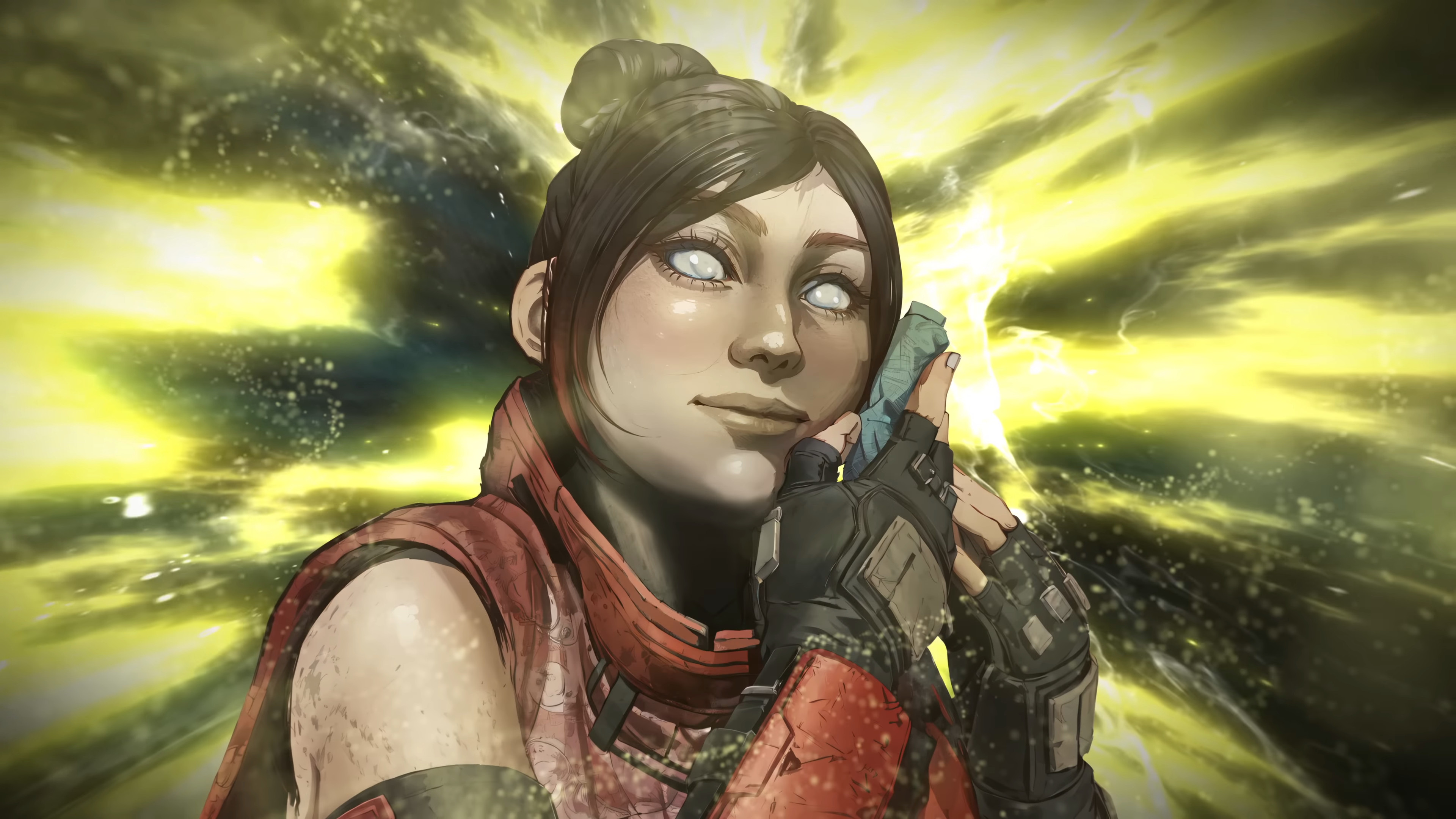
Cosmetic microtransactions: Most of us profess to hate them, yet people are clearly still buying them. A decade ago, this kind of monetization was the territory of predatory mobile games, while mainstream gaming was still arguing about whether or not paid DLC should come preloaded on a disc. Now, Valorant has comfortably released its latest premium bundle, Kuronami, that includes one weapon skin compatible with four guns and a knife for $100. If you want to unlock all the variants for that skin, it's closer to $300.
Also this week, Apex Legends kicked off its big Final Fantasy 7 crossover event featuring 36 themed cosmetics, "iconic" skins with a minuscule drop chance, and a grand prize that costs nearly $300 in loot boxes to guarantee you get it. Loot boxes were shouted out of games years ago, but they never left Apex Legends.
Two of PC Gamer's biggest fans of live service games, Morgan Park and Tim Clark, have been feeling the squeeze in some of their favorite shooters and RPGs lately. With triple-digit bundles and FOMO-fuelled collaboration events becoming the norm, is the economics of live games completely out of hand?
Morgan Park, Staff Writer: When I think about the conversations we had about $2 loot boxes and $10 skins only a few years ago, I wonder how exactly we got to where we are now. I'm looking at the main menu of Apex Legends, which is currently painted with literal gambling odds nestled next to outfits that cost over $20 on their own and $16 four-pack "deals" that guarantee a legendary item, but will actually increase in price the more packs I buy. Am I losing my mind? When did some of the biggest games around get this gross? Expensive microtransactions are nothing new, but I think boldness is on the rise.
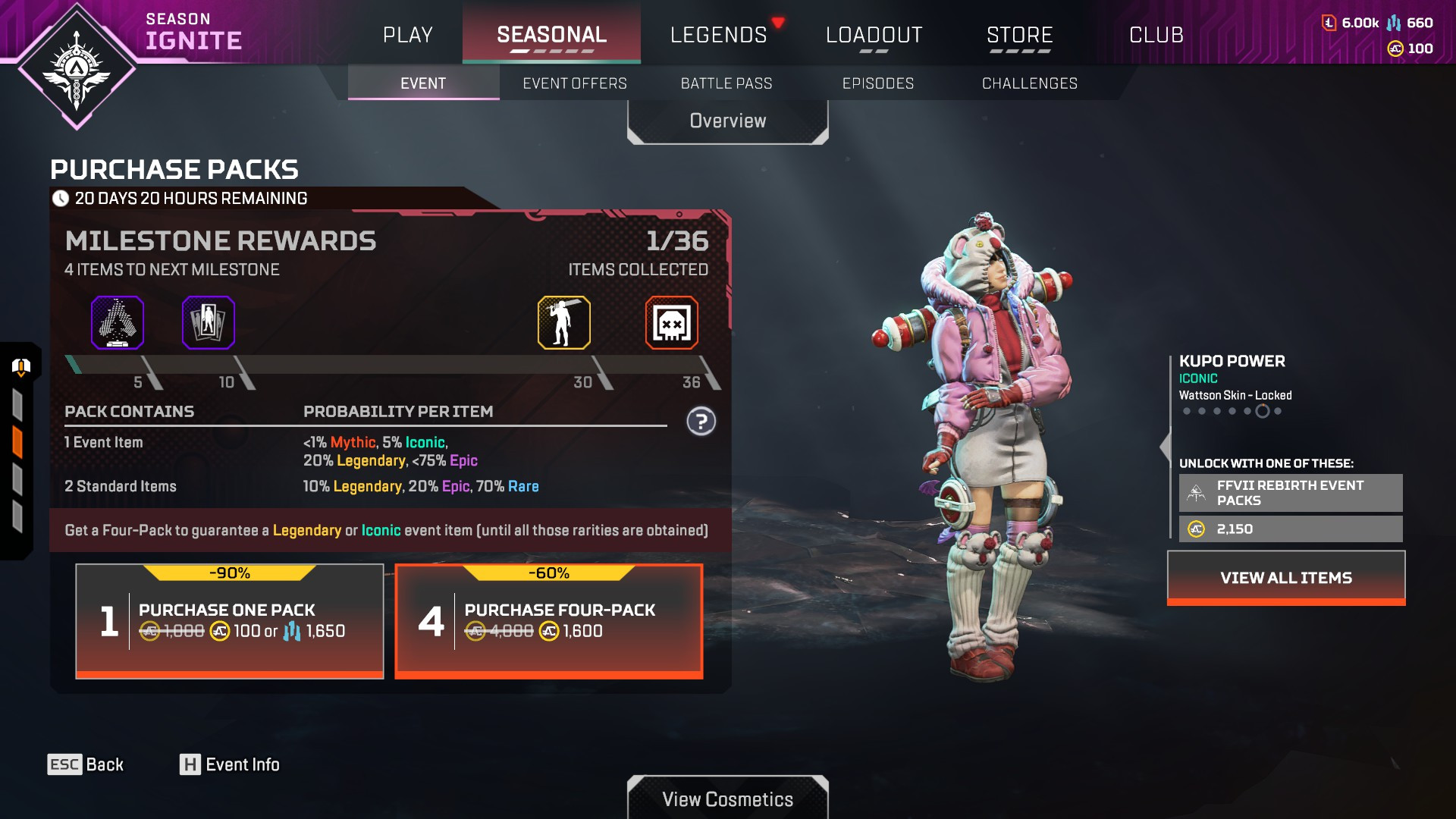
Tim Clark, Brand Director: Yeah, I wish I could remember the exact moment, but at some point I noticed that all the service games I play had collectively decided it was OK to charge $20 for a single skin. These are often marketed as being 'premium' or 'prestige', and truthfully they often do look cool, but that's exactly why it's so frustrating. Especially in a game like Destiny 2, where players are constantly looking for new carrots to chase, it sucks that some of the best-looking gear is found in the store rather than as rewards for completing the hardest content.
To give you a recent example, Bungie has been running a series of collaborations with other studios to create armor themed around iconic games. We've had riffs on Assassin's Creed, God of War, and most recently The Witcher. A full set of this armor for one character costs 2,000 Silver (Destiny 2's made-up MTX currency), which works out to an actual price of $19.99. Some of that cost will be kicked back to the partner that owns the other game, but even non-collaboration sets will set you back $14.99.
Again, there's no disputing that the Witcher-themed gear is cool, but it would also have been the perfect reward for this season's dungeon, which is called Warlord's Ruin and is set in a snow-shrouded castle. Hello, Kaer Morhen! It would have been such a good thematic fit, but instead we got some fairly mid mountaineering outfits as the loot for that.
Keep up to date with the most important stories and the best deals, as picked by the PC Gamer team.
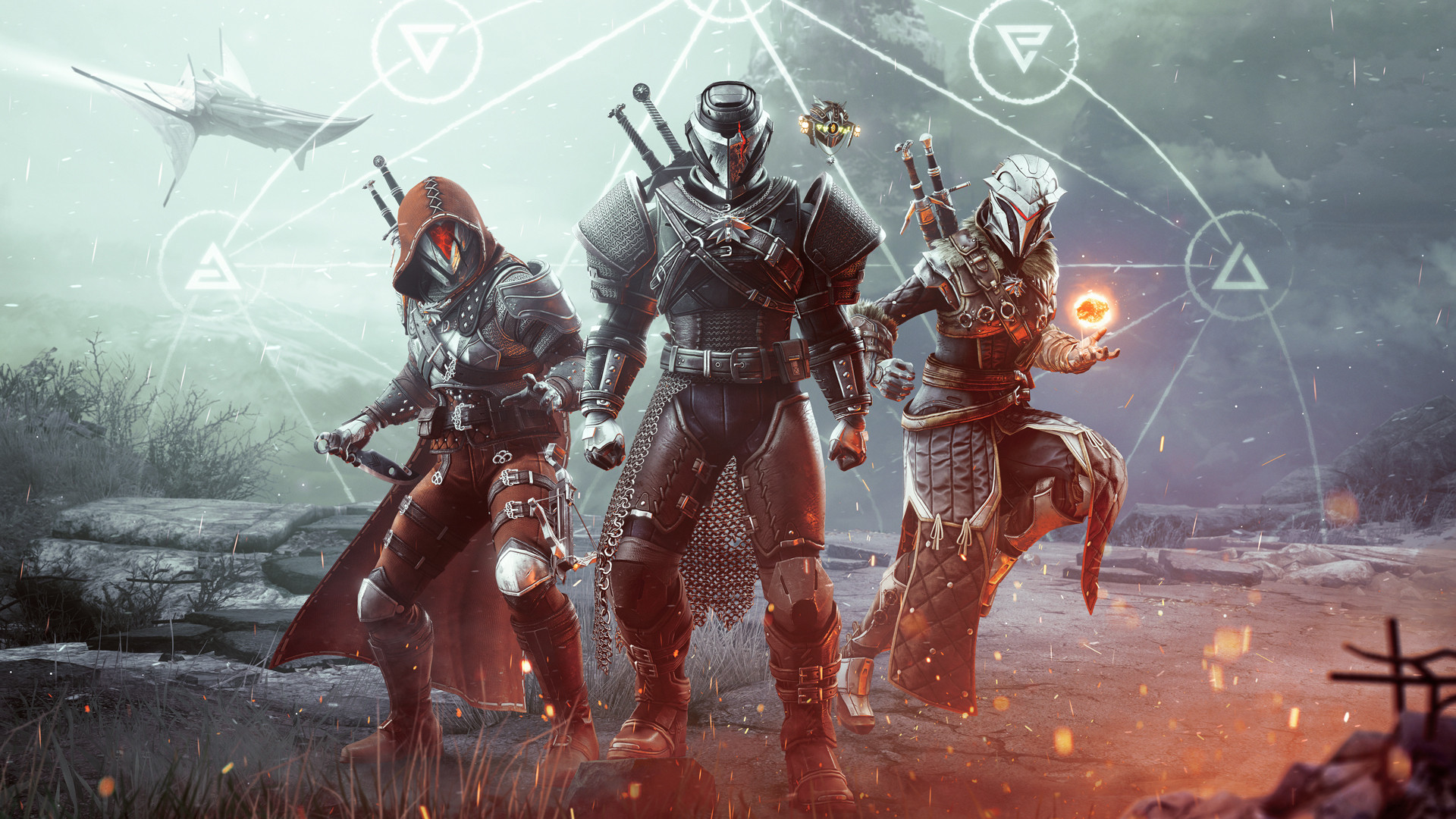
Morgan: Be honest Tim, you bought the Witcher pants didn't you?
Tim: Of course I did. I bought all three sets. Which genuinely makes me wince to admit. I've rationalised my profligacy in several ways, all of which you'll probably laugh at: 1) I'm very into the Destiny fashion scene so not having access to such good transmogs would have felt like a splinter in my brain I couldn't remove. 2) I do not have children so I have a decent amount of disposable income for a man of my advancing years. 3) I am supporting the game (although apparently not enough, given reported Bungie's 45% revenue miss). 4) I am weak.
To be honest, my bigger problem right now is Diablo 4. The in-game armor selection is great, but again the swankiest sets are all in the store. As Tyler Wilde noted when the game launched, these paid sets always look as flashy as possible to tempt you to part with your Blizz bucks. (In this case the made-up currency is called Platinum.) These outfits are detailed to the point of being over-designed, often feature spot FX like glows and smoke, and—in the case of the 'Beauty in Sin' rogue outfit—even try flashing some skin. Top-end outfits cost an eye-watering $25.99 for gear that you rarely see displayed bigger than a couple of inches on-screen. Hell, even buying a deluxe horse can set you back 20 bucks.
But so help me Lilith, despite knowing I'm the easiest of marks and the whole practice is a grim direction for gaming to be going in, I've been "treating myself" to one outfit for each character that I level past 70. I currently have four toons at 100, so you do the math. And that's not counting a few weapon bundles I've bought. Morgan, please tell me you have more self control.
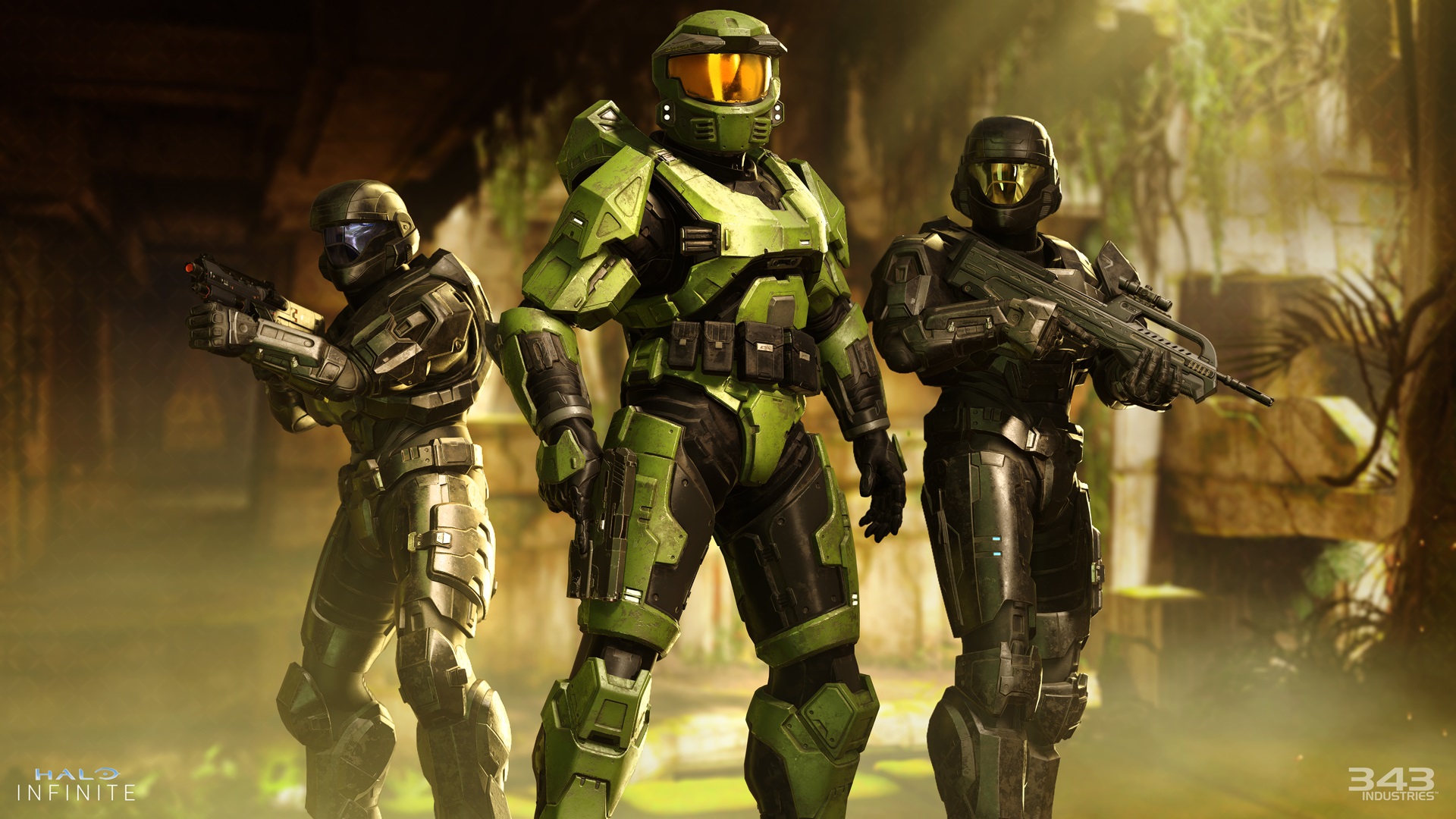
Morgan: Kind of? I'm pretty picky about which cosmetics I'll throw down cash for, but I'm far from immune to the allure of a great outfit. I've bought a fair number of $15 Siege bundles over seven years, and more recently I coughed up the $20 for Master Chief's armor in Halo: Infinite. "Spartan fashion" is its own subculture in Halo and that original Mark V set is just too good.
I pounce when the item is exceptional, but it's wild just how bad most modern cosmetics are. Apex, Siege, and Overwatch are lousy with recolors and bundles that force you to pay $20 or $30 just to get one cool thing in a sea of crap.
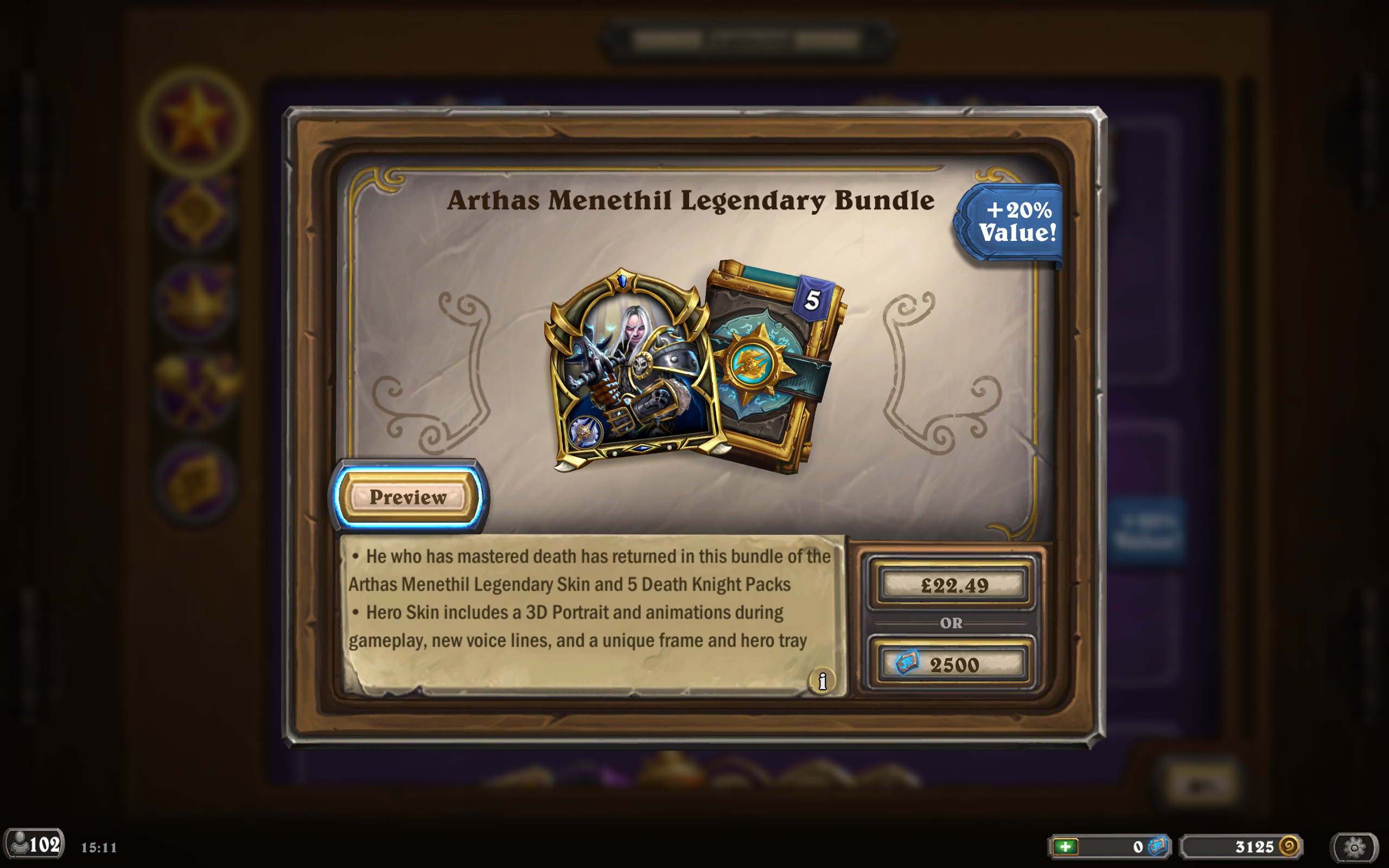
Tim: The obvious question whenever this stuff comes up is "why does anyone pay these idiotic prices?" We've already established that I am that idiot, and honestly I have nothing but respect for people like Phil Savage on our team who's played Destiny 2 for as long as I have but never bought a single thing from Eververse. The brutal reality is that publishers are charging these prices not only because they can, but because—ludicrous though it may seem—the data will be telling them that this is the exact amount to charge to make the most money. And whether we like it or very much do not, that's capitalism, baby.
A few years ago I had an interesting conversation with an esports caster who was well-connected at Blizzard. He made the point that they have an entire Business Intelligence department tasked with working out the exact most amount of money that can be extracted from players like me before we stop paying. And that's how the price gets set. It's in their interests to make me feel the most pain possible without kicking the habit.
I've thought about that many times as I typed in my credit card CCV. It's the reason why however much we rail against MTX, or advise people not to pre-order things, the practices won't stop because they fundamentally play on human nature, and that's not changing anytime soon.
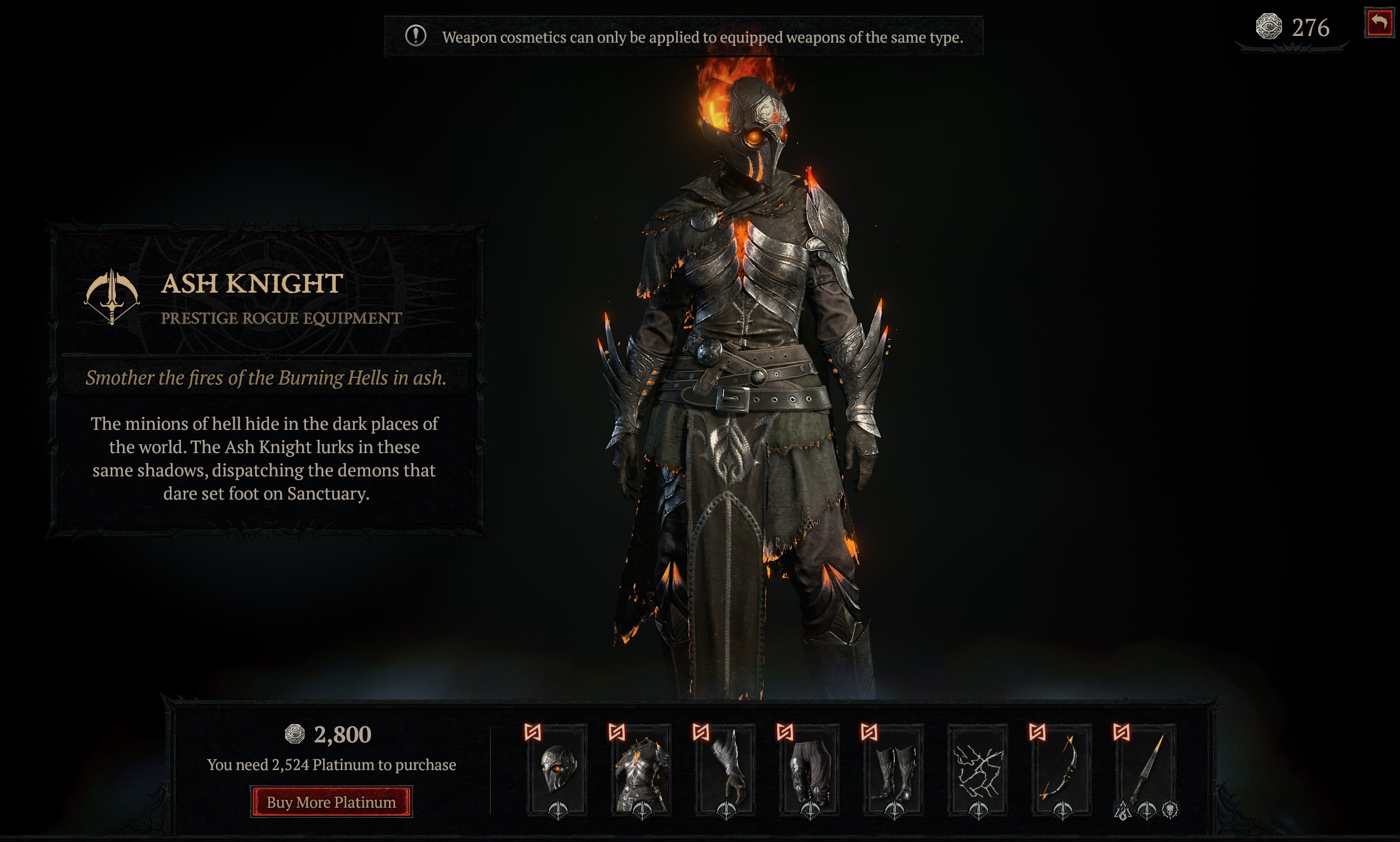
Morgan: I don't think it's the very concept of microtransactions we're against here, right? It's the sliding scale of what value propositions we find acceptable that's increasingly at odds with the games we enjoy.
Tim: For sure. It definitely feels to me like we've slept walked into everything being priced at an entirely higher tier without much discussion or pushback. Let me give you another anecdote. Before an interview I did with Hearthstone's Dean 'Iksar' Ayala, I decided to work out exactly how much I'd spent on the game. Again, this was a few years ago, and I've been playing since the open beta. The bill came to just over two grand. I asked him whether he thought that was an OK amount to spend on a game. He replied that only I could answer that, and added: "Have you enjoyed the time you've spent with the game?" I said I had, but it's nagged at me since. I've started buying less pack bundles with each expansion, and have finally drawn the line at more recent premium cosmetics like the Diamond Card that cost $25 (for a single card!) and the new 3D animated hero skins, which again come in at that magic $25 mark. I like to think the fact I've been able to stop somewhere shows I'm growing as a person.
pic.twitter.com/hwXPYoEq0pJanuary 9, 2024
Morgan: Exactly. The problem with comparing our experiences in Hearthstone, Valorant, or Rainbow Six Siege is that the line is drawn in very different places depending on the game. It's significant to me that 343 Industries selling Master Chief armor for $20 or Overwatch 2 asking $40 for crossover Diablo skins triggered minor meltdowns in those communities, but Valorant players have a near-opposite reaction to a knife skin that alone costs $50.
Seriously: Scroll down Riot's tweet announcing the $100 Kuronami bundle and you'll mostly see people sharing screenshots of buying it, joking about picking up groceries or buying the skin, and generally gawking at the cool kill effect that comes with it. What is sticker shock to us is normal for that particular, insular corner of the FPS community. I won't pretend I play enough Valorant to know this for sure, but I suspect that the community's embracing of triple-digit bundles and skin "upgrades" that can cost an additional hundred dollars or more can be explained by players seeing their digital goodies as a collection of status symbols. You can trace that trend back to Counter-Strike's similarly unhinged skin market that many players treat as a speculative game of its own.
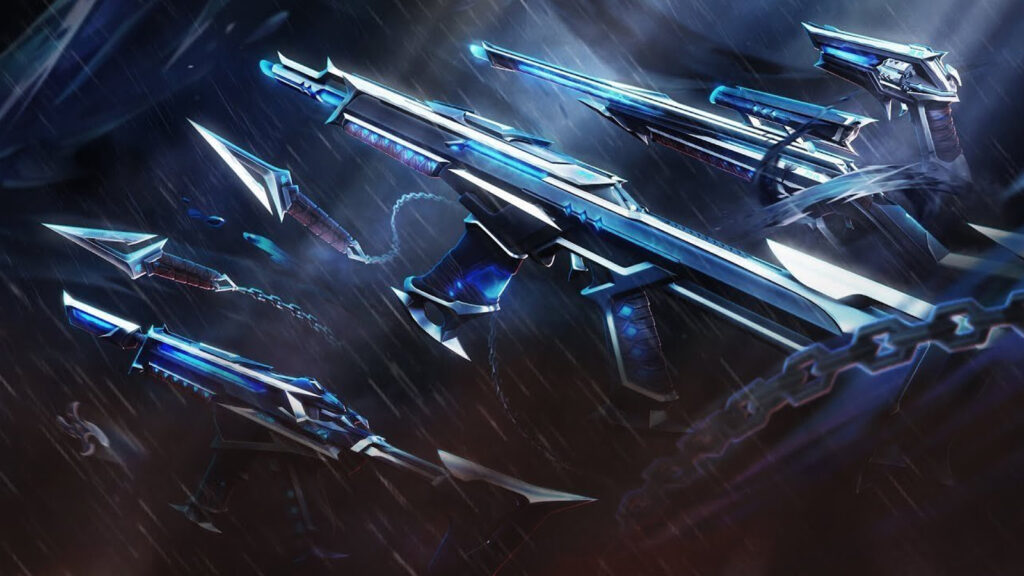
I visited my teenage cousin over the Christmas break and he spent half an hour showing me the new additions to his Valorant skin collection. From the way he talked about a few of his Vandal skins it was clear he genuinely enjoyed how they looked, but he was most eager to show me skins that he only really described by how much they cost or how rare they are.
So while I could spend all day arguing that Riot is ripping people off, what does it matter if the people Riot is selling to actually think it's fine? That'd be like yelling at Nike for selling grossly expensive shoes. It's not wrong, but why should sneakerheads care?
Tim: Exactly. It sucks but beyond a massive sea change in player behavior it's very hard to see any reversal, beyond the occasional good guy game that doesn't dip into its fans' pockets, or at least does so slightly less. In the meantime I'm excited to publish this and have people shout at me online about why whales with no sense of value are the problem. Trust me, I know!

Morgan has been writing for PC Gamer since 2018, first as a freelancer and currently as a staff writer. He has also appeared on Polygon, Kotaku, Fanbyte, and PCGamesN. Before freelancing, he spent most of high school and all of college writing at small gaming sites that didn't pay him. He's very happy to have a real job now. Morgan is a beat writer following the latest and greatest shooters and the communities that play them. He also writes general news, reviews, features, the occasional guide, and bad jokes in Slack. Twist his arm, and he'll even write about a boring strategy game. Please don't, though.

